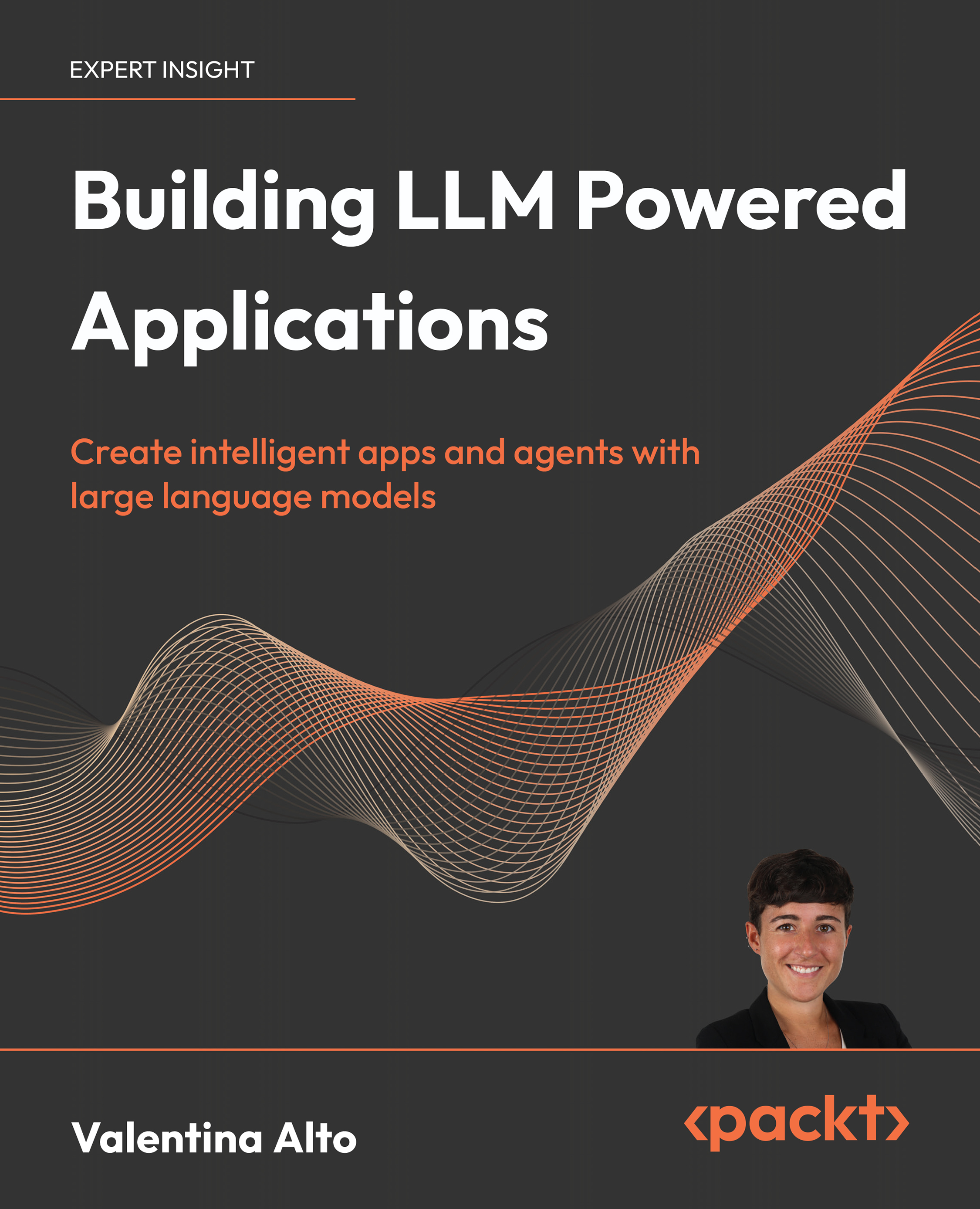Principles of prompt engineering
Ww
Clear Instructions
The principle of giving clear instructions is to provide the model with enough information and guidance to perform the task correctly and efficiently. Clear instructions should include the following elements:
- The goal or objective of the task, such as “write a poem” or “summarize an article”.
- The format or structure of the expected output, such as “use four lines with rhyming words” or “use bullet points with no more than 10 words each”.
- The constraints or limitations of the task, such as “do not use any profanity” or “do not copy any text from the source”.
- The context or background of the task, such as “the poem is about autumn” or “the article is from a scientific journal”.
Let’s say, for example, that we want our model to fetch any kind of instructions from text and return to us a tutorial in a bullet list....
































































